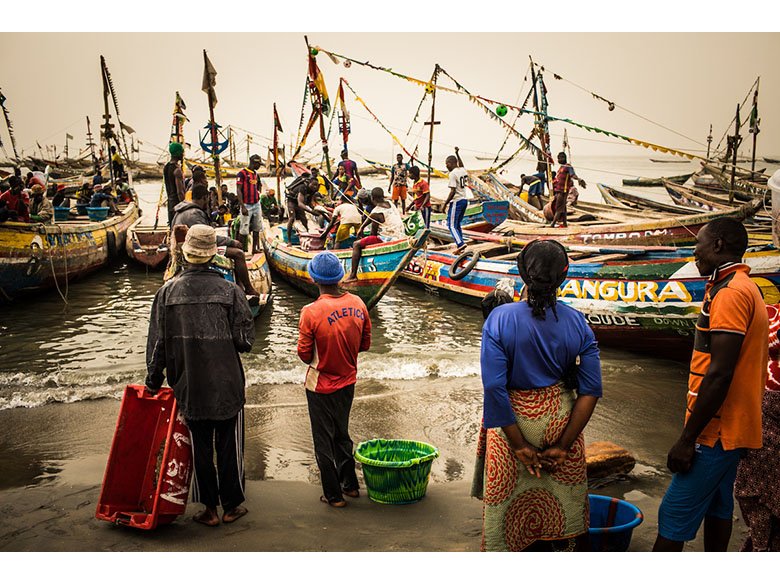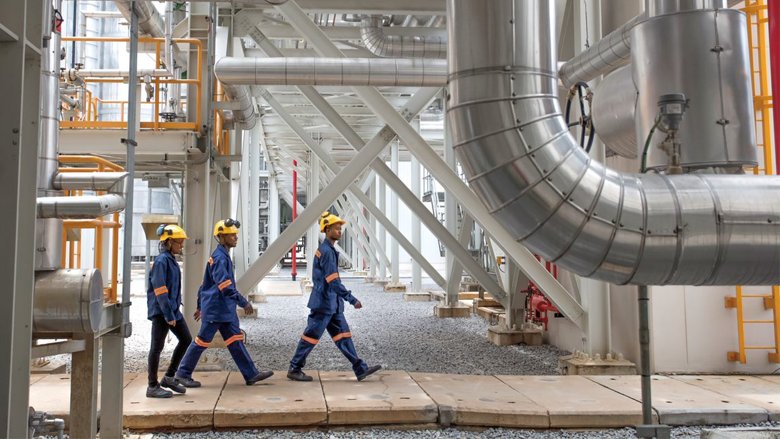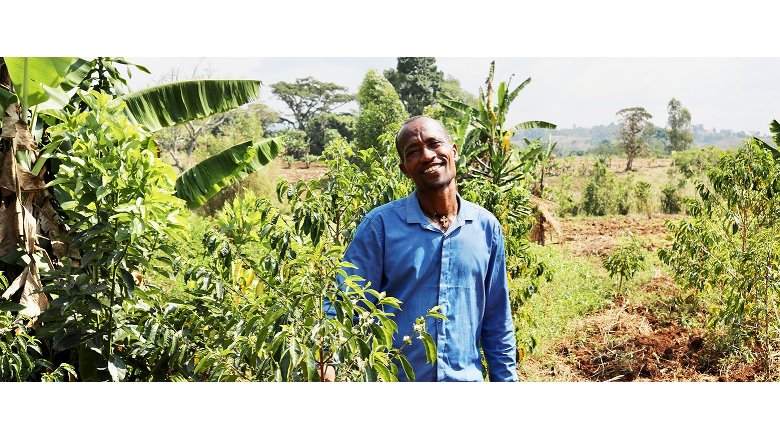No country is immune to the impacts of climate change, but the world’s poorest countries will bear the greatest burden. Over the last decade, they have been hit by nearly eight times as many natural disasters, compared with three decades ago, resulting in a three-fold increase in economic damage.
“I saw houses collapsing and neighbors struggling to save whatever they could,” said João Fernandes, whose village of Santa Catarina in Sao Tome was flooded by heavy rains. “My house was already tilted to one side, water had invaded, and our belongings were floating. My wife was in the last days of our second pregnancy and could barely move. I just prayed that the house would not collapse and that the weather would improve.”
For communities like João’s, the climate crisis is urgent. Despite contributing the least to climate change, they are facing changing landscapes that impact lives and livelihoods, stressed natural resources that affect crop yields and food prices, and extreme weather events that are ever more dangerous and devasting. Many have seen recent development gains undermined by climate impacts. Without action, more than 130 million people living in the most vulnerable countries will be pushed into extreme poverty due to climate change by 2030.
That’s why for the World Bank’s global solidarity fund for the world’s 75 poorest countries, climate action is development in action. For the International Development Association (IDA), a focus on climate has been increasing steadily since 2011. The World Bank is the largest source of global climate finance, and IDA’s grants and concessional financing have been instrumental across all broad climate action areas, from helping countries pursue adaptation strategies that ready them for the adverse effects of the changing climate, to building resilience so they are prepared when climate disasters occur, and seizing opportunities to realize a greener future.
Adaptation and Resilience: Preparing Communities in the Face of Climate Change
Good adaptation is about long-term, systematic planning for both present-day and future climate risks. Given changing weather patterns, and more frequent and dangerous natural disasters, IDA is helping countries to integrate resilience into their development agendas. Investments that protect, preserve, or rehabilitate coastal zones can be important safeguards against rising sea levels and powerful storms. In places like Bangladesh and West Africa, where thousands of kilometers of coastline are home to millions, IDA is helping to coordinate across sectors, and countries in some cases, to ensure these areas are safe for communities, can support livelihoods for generations to come, and provide a buffer from erosion, saline intrusion, and flooding.

“I am part of the families most affected by the floods and mudslides, so we volunteered to be relocated,” said João Fernandes, whose family home was one of the first residences built in safer areas as part of the IDA-supported West Africa Coastal Area project. “I feel very good that my family will be safer.”



